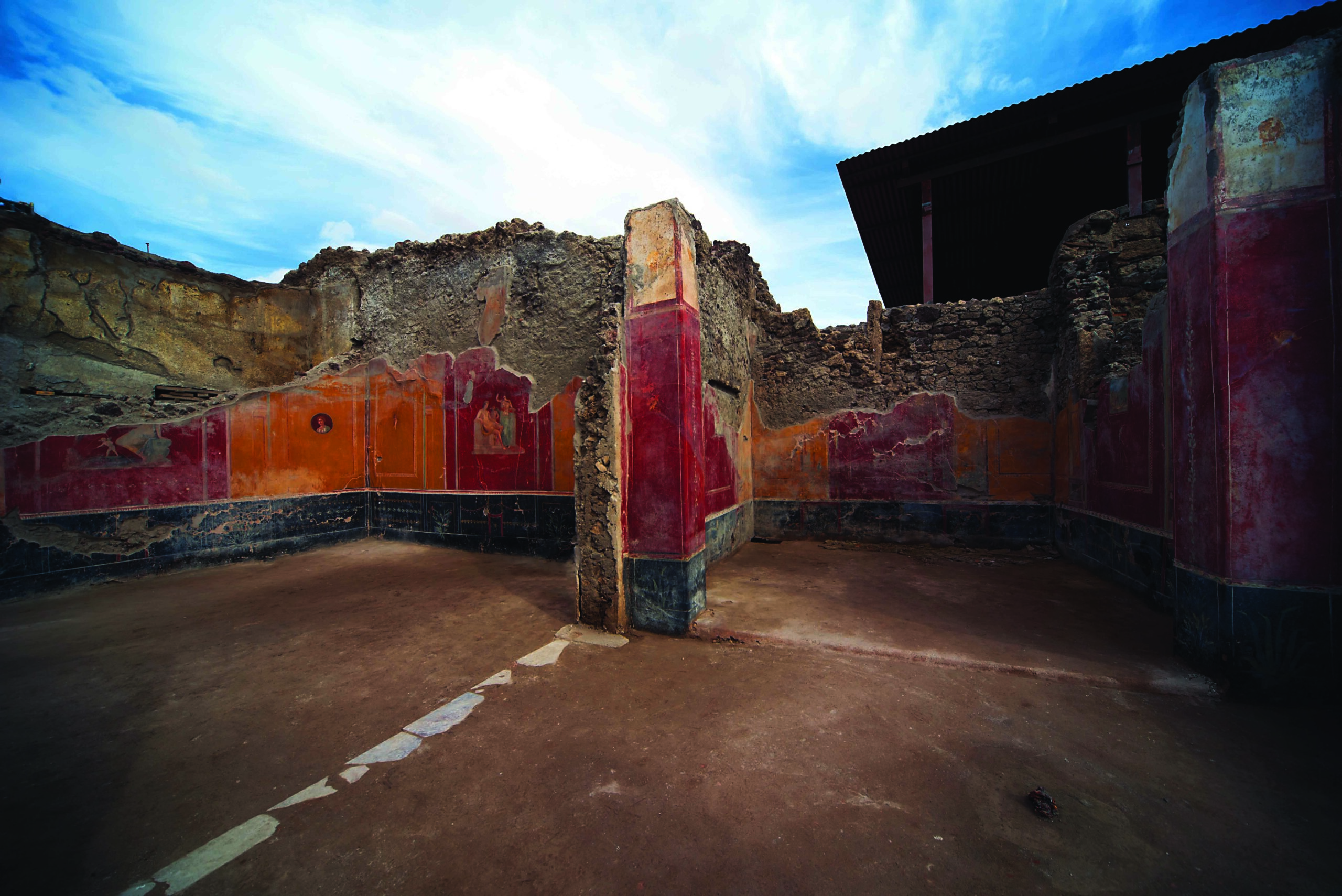NAPLES, ITALY—Live Science reports that an inscription discovered at a tomb in Pompeii in 2017 has been translated by Massimo Osanna, director general of the Archaeological Park of Pompeii. The text describes the tomb occupant’s coming-of-age party as a young man, which featured a banquet for 6,840 people and a gladiator show with more than 400 fighters. Osanna said the guests would have only been adult men who possessed political rights, or about 27 to 30 percent of the population, putting the city’s total at about 30,000 people around A.D. 59. The inscription also relates how the man sold wheat at discounted prices to Pompeii citizens and distributed free bread during a four-year famine. Osanna thinks this gesture may have been depicted in a now famous Pompeii mosaic showing bread distribution to two men and a child. This citizen was also remembered for successfully speaking to Emperor Nero on behalf of Pompeians who were ejected from the city after a riot during a gladiator show. Based upon the contents of other inscriptions in the city, Osanna thinks the tomb’s occupant may have been Gnaeus Alleius Nigidius Maius, but the area where a name had been carved in the tomb was destroyed by looters in the nineteenth century. To read more about recent research in the ancient city, go to "Digging Deeper into Pompeii's Past."
Tomb Inscription Translated in Pompeii
News September 30, 2019
Recommended Articles
Digs & Discoveries September/October 2019
Inner Beauty
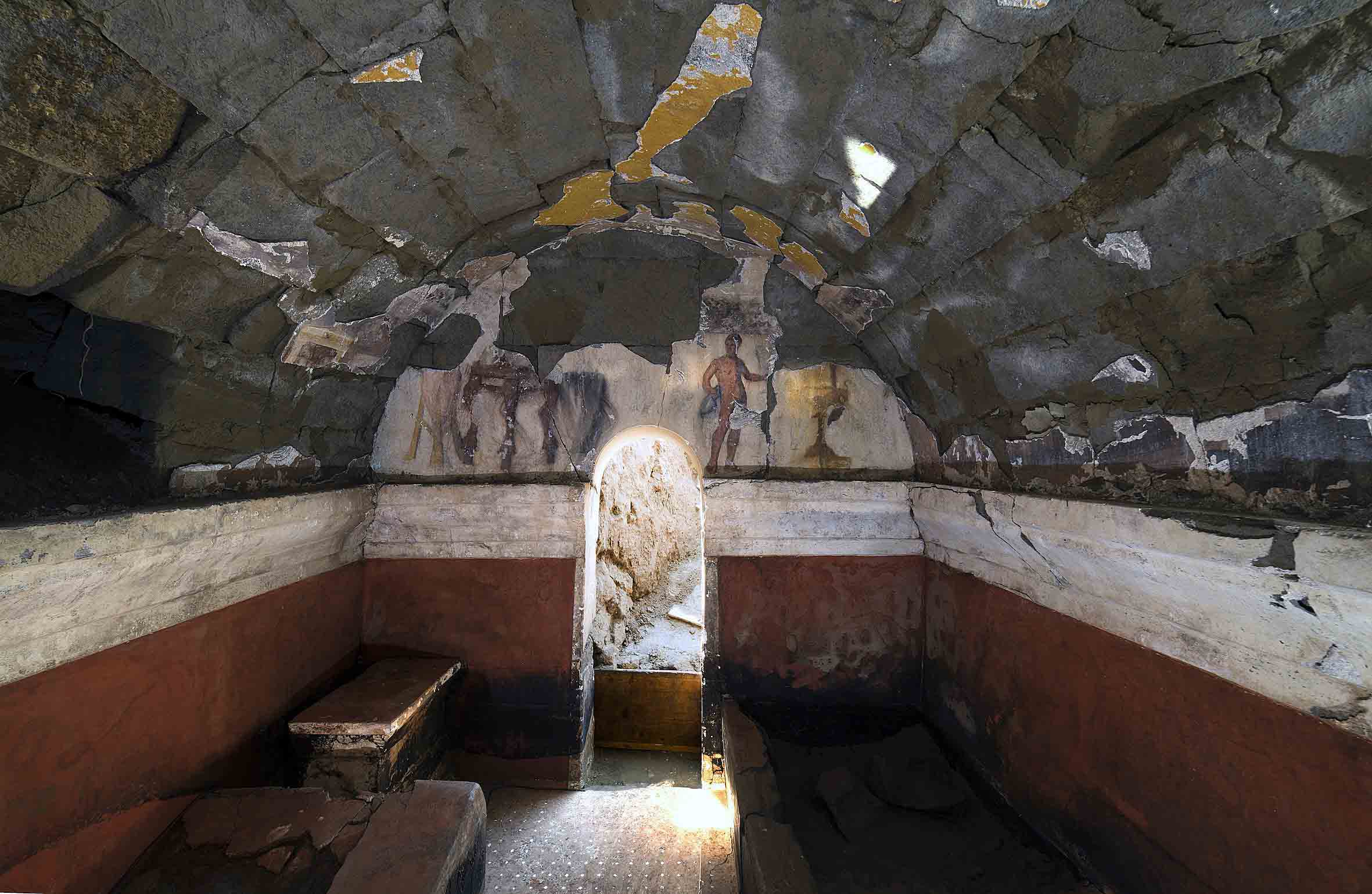
Digs & Discoveries January/February 2019
Fit for a Prince
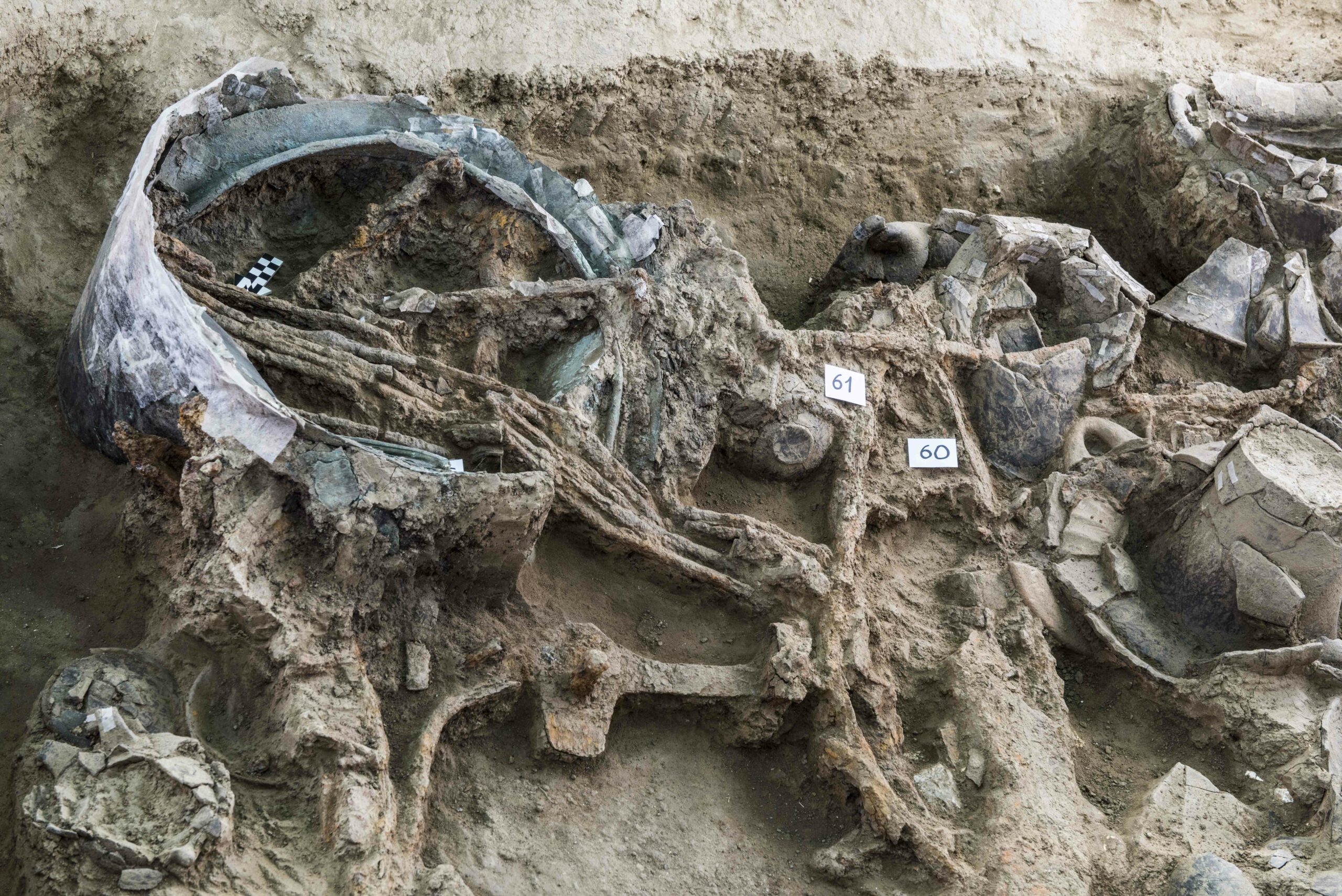
Digs & Discoveries January/February 2026
The Lion of Venice Roars

Digs & Discoveries January/February 2026
A Sicilian Gift Horse

-
Features July/August 2019
Place of the Loyal Samurai
On the beaches and in the caves of a small Micronesian island, archaeologists have identified evocative evidence of one of WWII’s most brutal battles
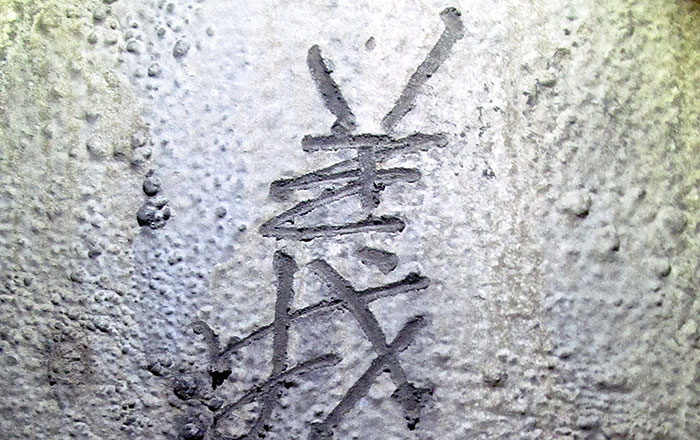 (Courtesy Neil Price)
(Courtesy Neil Price) -
Letter from England July/August 2019
Building a Road Through History
6,000 years of life on the Cambridgeshire landscape has been revealed by a massive infrastructure project
 (Highways England, courtesy of MOLA Headland Infrastructure)
(Highways England, courtesy of MOLA Headland Infrastructure) -
Artifacts July/August 2019
Bronze Age Beads
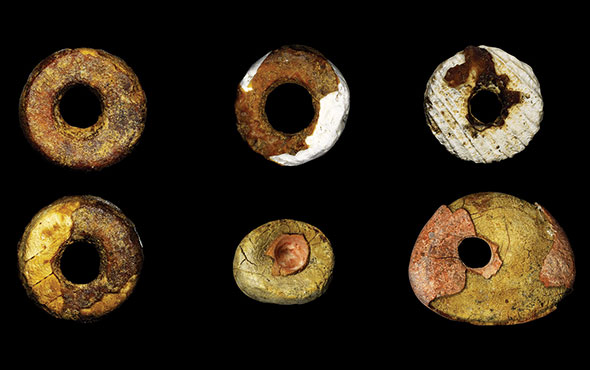 (Courtesy Carlos Odriozola)
(Courtesy Carlos Odriozola) -
Digs & Discoveries July/August 2019
You Say What You Eat
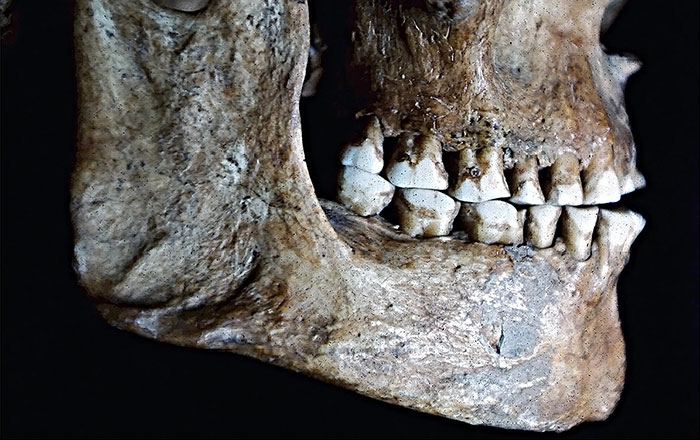 (Courtesy David Frayer, University of Kansas)
(Courtesy David Frayer, University of Kansas)


